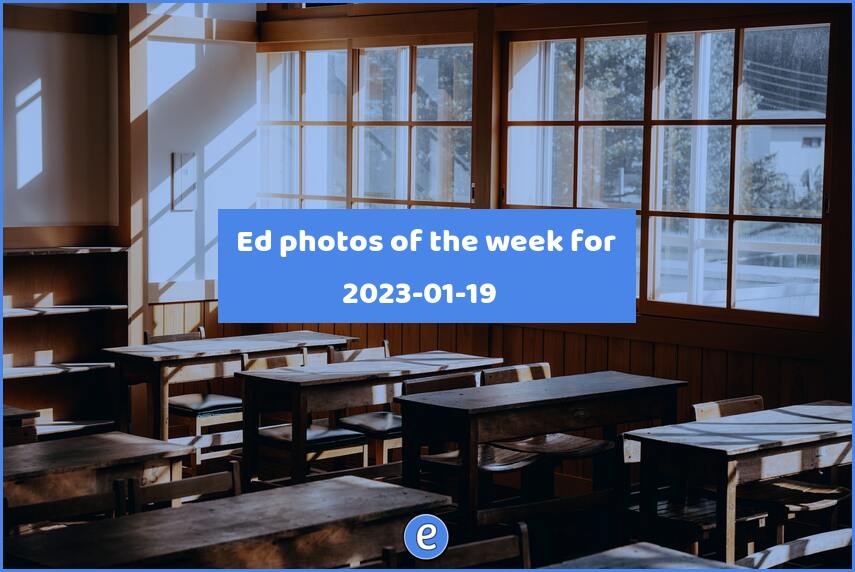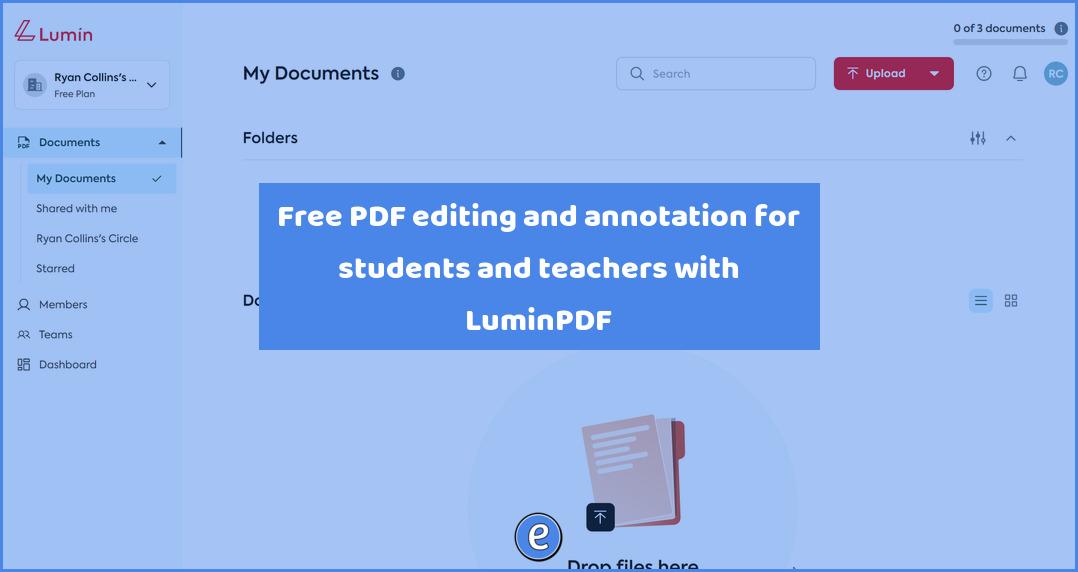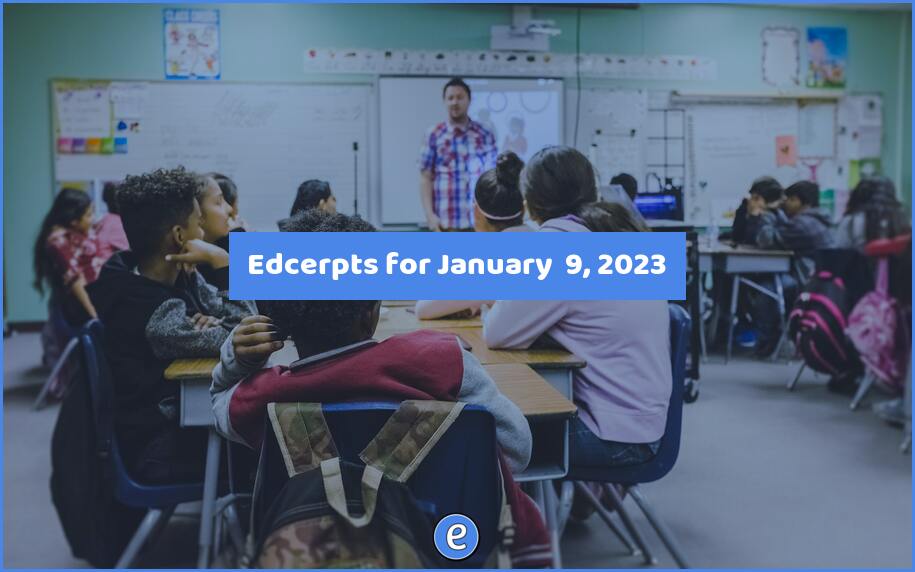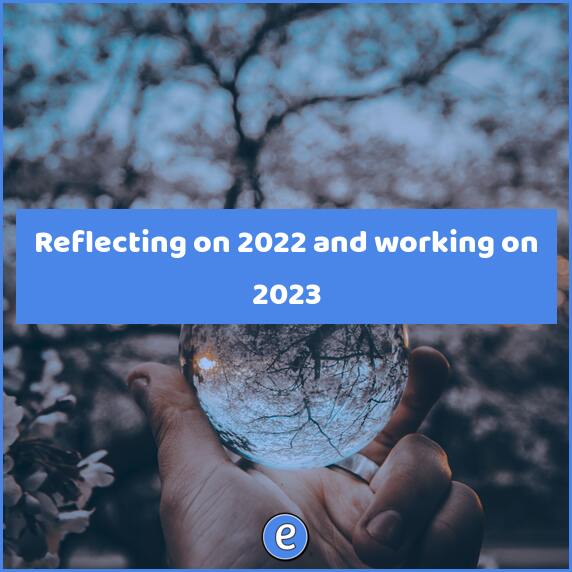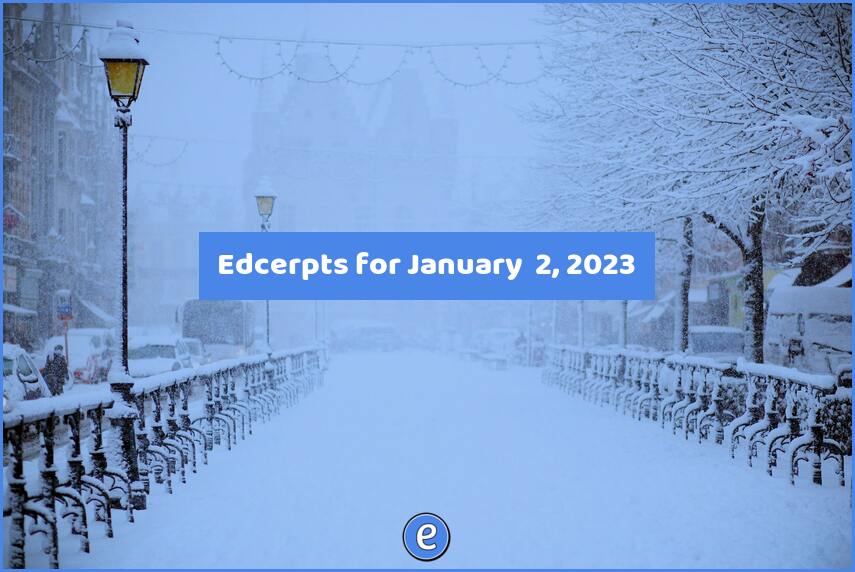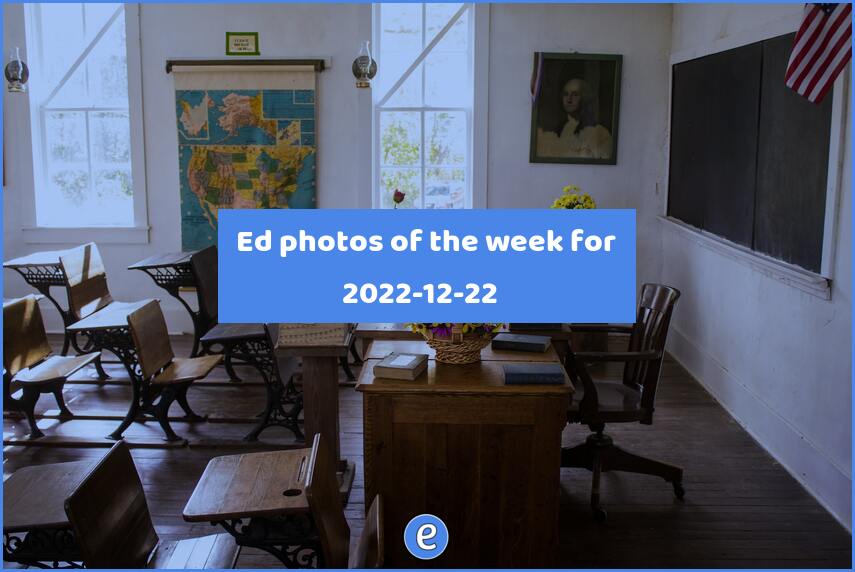📷 Ed photos of the week for 2023-01-19
Ed photos for the week Reading? Assessing – “…will better align instruction with assessments” means “will facilitate teaching to the test.” Imagine being so clueless about learning, or so beholden to the imperative of corporate profit, that you talk about this as if it’s a good thing. NEW @educationweek post: “Classroom Cellphone Use Is Fraught….
